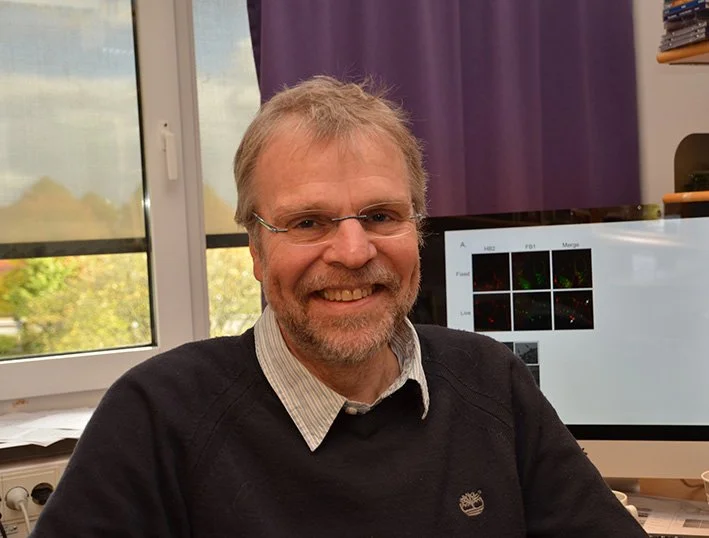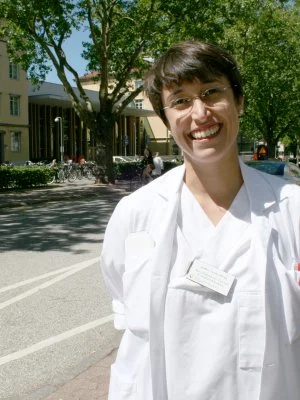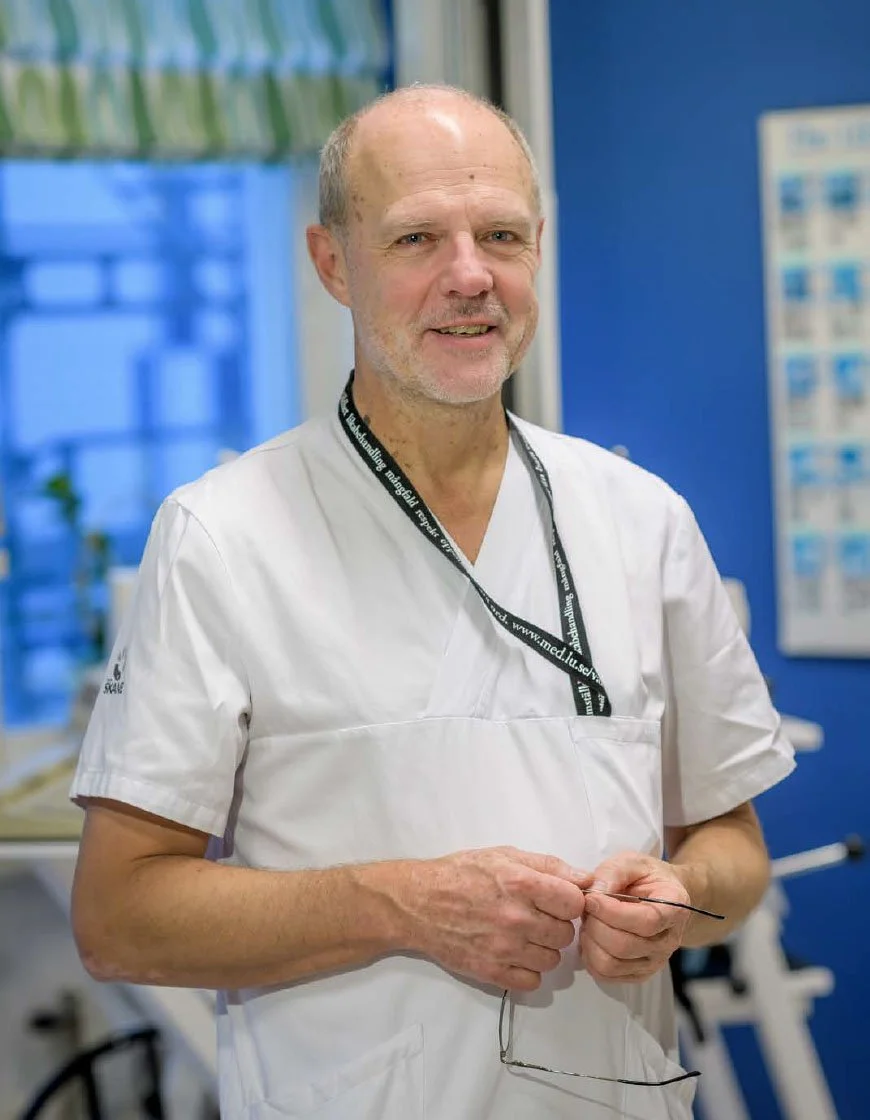ABOUT
IPDD focuses on various aspects of pharmacology, going from structure-based drug design of both small molecules and macromolecular drugs to their interplay with tissue and its formulation. For this we will in particular investigate macromolecular drugs such as antibodies. The structure-function relationship of human drug target proteins and tissue will be explored both in vitro, ex vivo, and in vivo, utilizing X-rays at and neutrons.
HAPPENING IN THEME
Save the date for a 2-day workshop on neutron diffraction in drug discovery, design, and formulation (7-8 May), followed by an afternoon tour at European Spallation Source in Lund (8 May)!
Don’t miss this webinar talk with Christopher Roberts (University of Delaware) titled “From Colloidal Self Interactions to Self-Association of Therapeutic Proteins: Combining Experimental & Computational Tools”. The event is part of Antibodies in Solution: a LINXS - NIST Webinar Series.
Mark your calendars for a workshop where expert synchrotron users and staff will present state-of-the-art case studies and we will discuss future possibilities both at MAX IV and abroad.
Save the date for a webinar talk with Martgarita Kruteva (FZ Jülich, Germany) who will talk about “Different aspects of molecular dynamics probed by neutron spin-echo and PFG NMR”. The event is part of Antibodies in Solution: a LINXS - NIST Webinar Series.

CORE GROUP
IPDD Core Group Member, IPDD WG 2 Leader and Dynamics Core Group Member, LINXS Fellow
Anna is a Professor at the Division of Physical Chemistry at Lund University specializing on biocolloids studied by scattering techniques. Her current research focuses on the properties of concentrated protein solutions with a particular interest in protein dynamics under crowded conditions.
IPDD WG 3 member and Opportunities in Imaging Working Group member, LINXS Fellow
Martin Bech is Senior Lecturer at the division of Medical Radiation Physics, Clinical Sciences, Lund University. He is interested in X-ray phase contrast and dark-field imaging using grating interferometer, Soft tissue biomedical imaging, Micro-CT imaging using synchrotron radiation and x-ray tubes.
IPDD Core Group Member, WG 1 Leader, Structure-based drug design and Linxs NXS Fellow
Raminta Venskutonytė is an associate researcher at Lund University. She is working within the research group of Medical Structural Biology headed by Professor Karin Lindkvist. Her major area of expertise is X-ray crystallography, applied for structure-based drug design and other protein structure-function projects of medical interest. Raminta has previously worked at the University of Copenhagen, where she obtained her PhD in Structural biology and pharmacology as well as postdoctoral training within structural biology of ionotropic glutamate receptors.
IPDD Core Group member, LINXS Fellow
Gisela Brändén, Associate Professor, University of Gothenburg – Brändén leads a research group at the Department of Chemistry and Molecular Biology at the University of Gothenburg. After obtaining a PhD from Stockholm University, she spent five years within drug discovery research at AstraZeneca R&D where her focus was on structure-based drug design using X-ray crystallography in combination with other biophysical methods. Since joining the University of Gothenburg in 2012, she has continued her efforts in structure-based drug design with a special focus on novel antibiotic protein targets. In addition, her group is exploring the use of serial X-ray crystallography methods for pharmaceutical compound screening.
IPDD Core Group member, LINXS Fellow
Mikael Dolsten is currently the Chief Scientific Officer and President at Worldwide Research, Development and Medical organization at Pfizer Inc., which is responsible for the development of all compounds through proof of concept, and provides pharmaceutical sciences, safety and medical support to the entire R&D pipeline and all marketed medicines and vaccines.
Mikael earned his Ph.D. in tumor immunology and M.D. from the University of Lund in Sweden, where he was Adjunct Professor in Tumor Immunology and was recently appointed Visiting Professor to advise on science and technology strategies. Since 2014, Mikael has co-chaired the Accelerating Medicine Partnership with National Institutes of Health (NIH) Director Francis S. Collins. Mikael advised the Obama Administration on regulatory and drug development issues as well as then Vice President Biden’s Cancer Moonshot Initiative to accelerate cancer research. Through 2019, Mikael was a council member of the GovernmentUniversity-Industry Research Roundtable. Mikael is a named inventor on several patents and has published approximately 150 articles in international journals, with contributions in molecular cell biology, immunology and oncology.
GUEST RESEARCHERS
Guest Researcher at LINXS in May–June 2023, and IPDD WG 2 member, LINXS Fellow
Andreas works as senior scientist at Jülich Centre for Neutron Science (JCNS) at Forschungszentrum Jülich. He is using neutron and X-ray scattering techniques for the investigation of structure and dynamics of biological macromolecules.
Andreas studied physics and biophysics at Technical University Munich, Germany, and at University Pierre and Marie Curie, Paris, France. He obtained his PhD degree with Dr. Giuseppe Zaccai in 2009 in physics in the field of protein dynamics using quasielastic incoherent neutron spectroscopy as experimental method. After that he joined Forschungszentrum Julich to work first on a project using coherent X-ray diffraction in molecular biophysics, and later joined JCNS in 2011 to start working on the structure and dynamics of intrinsically disordered proteins using small-angle neutron and X-ray scattering and neutron spin-echo spectroscopy. Since 2015 he is senior scientist with permanent position and in 2019 he obtained his habilitation from RWTH Aachen University in chemistry. His current research interests are focused on the investigation of the structure and dynamics of intrinsically disordered proteins and on the relevance of molecular flexibility for biological function. Experimental techniques used include neutron spectroscopy and small-angle X-ray and neutron scattering.
Junior Guest researcher at LINXS January - July 2023
Samuele Masoni is a PhD student in Medicinal chemistry at University of Pisa (Italy). His research is focused on the synthesis of novel small molecules interfering with cell metabolism, particularly glucose and lipid metabolism, applied in relevant pathologies, such as neurodegenerative and cancer diseases. His interest varies from the synthesis and purification to the analysis of small organic compounds whit various techniques. He’s particularly interested in reversible MAGL inhibitors and CD36 protein ligands, and will be a guest researcher within WG 1 – Structure-based drug design.
Junior Guest Researcher in WG 4 – Biophysics of Drug Delivery, between March–June 2023, LINXS Fellow
Luisa Affatigato, PhD Student in Technologies and Sciences for human Health, University of Palermo, Italy
Since her master studies, Luisa have focused the attention on the development of new nanocages that can be used for drug delivery, imaging and theranostics in the oncology field. In particular, her PhD project is in collaboration with Sapienza University of Rome and it is based on the study of two engineered ferritin from the synthesis and purification to the biomedical applications. For this purpose, biophysical and biological techniques with in vitro studies are applied, including spectroscopy and small-angle X-ray scattering at the Department of Pharmacy of the University of Copenhagen.
WORKING GROUPS FOR IPDD
IPDD WorkING Group 1
Structure-based drug design
Structure-based drug design aims to use structural biology methods to understand the molecular recognition and binding of potential drug compounds by their target proteins. X-ray crystallography is by far the most used method for this purpose, though neutron crystallography is crucial when the understanding of ligand-protein interactions requires us to investigate hydrogen atoms in the structure. Moreover, with an ever-increasing advancement of cryo-EM methods, high enough resolution can be achieved for some targets to study ligand binding without having to first crystallize the protein. Thus, although the focus of the current working group will be to resolve the details of how drugs interact with targets, method wise it will build on the previous successful LINXS theme “Integrative Structural Biology (ISB)”, by utilizing an integrative approach and make use of several structural biological methods to achieve the goals.
While structural models of the complexes between the ligand and the drug target provide necessary information for drug development, in order to achieve this purpose, expertise from different fields is required. Besides structural techniques and infrastructure, molecular pharmacology, chemical biology, medicinal, organic and computational chemistry all have to be employed for new molecule design, modification and understanding of their pharmacological properties at the drug targets of interest. Therefore the working group on structure-based drug design gathers scientists to represent all aspects of the topic:
- structural biology of soluble and membrane proteins
- chemical biology
- medicinal chemistry and organic synthesis
IPDD WORKING GROUP 2
Macromolecular Drugs –Antibodies
The research program “Antibodies in solution” was previously part of the “Dynamics theme” and has now transferred to the new “Integrative pharmacology and drug discovery” theme. This way, LINXS can continue to provide the optimal platform to gather researchers from different fields to work on this important and timely topic and help this bottom-up initiative to grow.
The mission of the “Macromolecular Drugs – Antibodies” working group in a nutshell is to provide a framework for a concerted experimental and theoretical research effort from leading research groups with complementary expertise to advance our understanding of antibody solutions. This will be achieved by bringing together leading research groups in the field, provide them with sufficient well-defined material, and coordinate the research activities of the individual groups in order to achieve the main research objectives outlined in detail in the Research Road Map.
The complexity of antibody solutions requires experimental information, theoretical models and simulations that cover a large range of characteristic length and time scales, which are accessible only through a combination of neutron- and Xray based techniques together with complementary methods. This can only be achieved through a collaborative effort, combining state of the art experimental, theoretical and simulation methods, and by carefully defining appropriate model systems that allow us to disentangle the various contributions and mechanisms that determine the solution properties.
Ipdd WORKING GROUP 3
Biomedical Imaging
The working group Biomedical Imaging aims to facilitate the use of imaging from MAX IV and ESS for drug discovery and development. Imaging of tissue ex-vivo as well as in-vivo imaging will be within the scope. Small animal imaging techniques by means of computed tomography, magnetic resonance imaging and various methods based on radioactive tracers including Positron Emission Tomography are already working tools for preclinical research in the pharmaceutical industry. These imaging techniques also are well represented at the core facility Lund University Bioimaging centre (LBIC). Thereby, studies performed on MAX IV or ESS can be supplemented by other imaging methods at LBIC.
MAX IV enables high spatial resolution imaging of intact tissue with details otherwise only depicted in histopathological slides, for which the latter only can be made on extracted thin tissue samples. Synchrotron radiation also provides phase-contrast X-ray imaging. For in-vivo the spatial resolution is governed by the animal experimental set-up (physiological motion) rather than the beam and detector properties. However, the high brilliance of MAX IV enables imaging at a unique high temporal resolution, which to some extent can compensate for the effects of physiological motion.
Synchrotron imaging can be used to increase the basic understanding of how tissue changes are related to diseases, which is of interest for pharmaceutical research. For example, X-ray phase contrast holographic nano tomography to visualize human myelinated nerve fibers and their subcomponents in 3D, characterization of atherosclerotic plaques, osteoporosis, or characterization of plexiform lesions in lung tissue for patients with pulmonary hypertensions.
In-vivo imaging can be used to assess the direct effect of a drug, such as drugs for asthma by estimation ventilation in lungs. With the high spatial resolution it is also possible to image atelectrauma at an alveolar resolution in ventilator-induced lung injury in animals. In contrast to X-rays, neutrons can penetrate metal and bone easily but are attenuated by water and organic materials. Biomedical imaging using neutrons is not so well explored, but due to the specific properties of neutrons, imaging of soft tissues with high spatial resolution is possible.
IPDD WORKING GROUP 4
BIOPHYSICS OF DRUG DELIVERY
The “Biophysics of Drug Delivery” working group aims at developing orthogonal approaches for designing and characterizing efficient drug delivery systems, from pharmaceutical formulation development to the design of novel materials. The challenge is represented by the need of bringing together scientists with different backgrounds with the aim of creating an interdisciplinary platform to efficiently face the main obstacles preventing the drugs to reach the target. The group will focus on combining neutrons and X-rays sciences with imaging and spectroscopic approaches and try to foster a novel culture in the pharmaceutical sciences.













































IPDD Core Group Leader and Integrative Structural Biology Core Group Leader, LINXS Fellow
Karin Lindkvist is an expert in structural biology in particular applying X-ray crystallography. Her research encompasses both structural studies of integral membrane proteins and soluble proteins, in particular proteins important in human metabolism such as glucose transporters and glycerol channels. Lindkvist has a strong scientific network in the field of membrane protein structural biology.